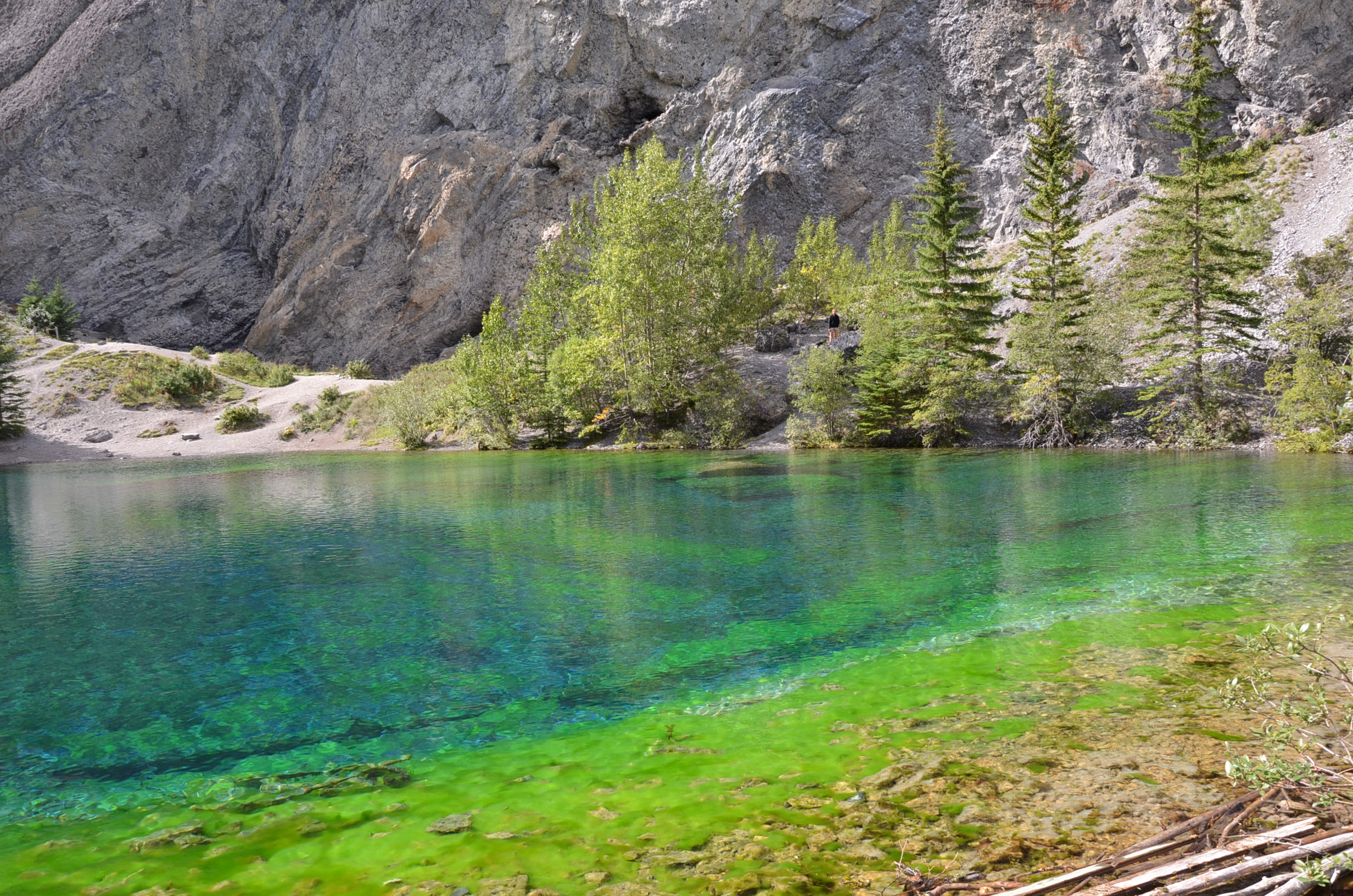LITHIUM EXTRACTION FROM OILFIELD BRINES
Alberta has vast petroleum hydrocarbon reserves, and thousands of producing oil and gas wells throughout the province. A byproduct of this production is wastewater brines, which contain considerable concentrations of valuable metals, including lithium. Lithium is traditionally used in the manufacture of glass, ceramics, and lubricants, and increasingly in lithium ion batteries (LIB). With the continued growth of the LIB market, the extraction of lithium from oilfield brines is a potentially promising new industry in Alberta.
With funding from the Future Energy Systems program at the University of Alberta, the Alessi group is developing novel methods of extracting lithium from brines that can exceed 200,000 parts per million in total dissolved solids. A novel metal oxide sorbent developed in this research program is routinely yielding >95% extraction efficiency, with little co-extraction of other metals.
HYDRAULIC FRACTURING WATER CYCLE
Hydraulic fracturing combined with horizontal drilling to liberate tight natural gas reserves is relatively new technology that is a growing component of the energy sector in western Canada. Annually, millions of cubic meters of flowback water, a mixture of fracturing fluids and formation water, return to the surface following fracturing. The flowback waters must be appropriately treated before reuse or disposal. However, the unknown variability in the chemistry, toxicology, and microbiology pose challenges to its treatment, recycling, or partial re-use.
With an interdisciplinary team from the University of Alberta, we are conducting a comprehensive investigation of the chemistry, toxicology, and microbiology of flowback and produced water from the Duvernay and Montney Formations in Alberta. In addition, we are conducting continental-scale surveys of hydraulic fracturing water use and production. With this research, we aim to develop new tools to characterize fluids in the hydraulic fracturing water cycle, inform risk management plans for wastewater handling and transportation, and produce leading science that will support reduced water use and improved costs for hydraulic fracturing operations.
BIOCHAR and Pyrolytic Carbon
Biochar is essentially charcoal - a solid byproduct created by the heating wastes as by-product (farming, oil and gas production, etc.) in an oxygen-limited environment. As a stable, high surface area, carbon-rich product, they can be effective in the removal of a wide range organics and metals, including chlorinated ethenes, PAHs, and other hydrophobic organic contaminants, from water. Biochar can also sequester carbon dioxide and provide nutrients to soil. Char, or pyrolytic carbon, is also produced naturally as the product of forest fires.
Our work investigates the surface reactivity and metal adsorption mechanisms of biochar and pyrolytic carbon. Adsorption or reductive immobilization of metal(loid)s at the biochar surface are promising remediation strategies for water and soil. Natural pyrolytic carbon may be an underappreciated vector of metals and nutrients transport to rivers and estuaries now and in the geologic past, directly impacting primary productivity in the oceans. We are also exploring the potential to extract carbon nanoparticles from biochar that may replace more costly materials in certain applications.
FE(II)-BEARING MATERIALS
X-ray absorption spectra showing the redox transformation of Cr(VI) on nanomaghemite (Komárek et al., 2015).
Iron-bearing minerals can control the adsorption, precipitation, and redox transformations of trace metals in aquifers, soils, and the ocean. In many environments, nanoparticulate iron phases form as precursors to well-ordered minerals, which may be far more soluble and reactive toward trace metals. We are exploring the thermodynamics and reactivity of freshly-precipitated green rusts, solid phases important in both reducing terrestrial environments and in the chemistry of the early oceans. In a second line of research, we are exploring the doping of biochar with iron to increase its electrical conductivity, thereby enhancing its ability to immobilize certain redox-active metals, such as hexavalent chromium in contaminated waters.




